11 Perils Threatening America’s National Parks Right Now
From Yosemite’s soaring cliffs to the bubbling geysers of Yellowstone, America’s national parks are often seen as untouchable treasures, preserved wilderness where nature thrives and people find peace. But behind the stunning vistas lies a troubling reality. During the Trump administration, major rollbacks in environmental protections, oil and gas leasing near park borders, and efforts to shrink national monuments set a precedent that continues to reverberate through the park system.
Combined with climate change, overcrowding, and underfunding, these public lands face mounting threats. Here’s a look at the most urgent issues, and why we should all be paying attention.
Climate Change Is Altering Landscapes Permanently
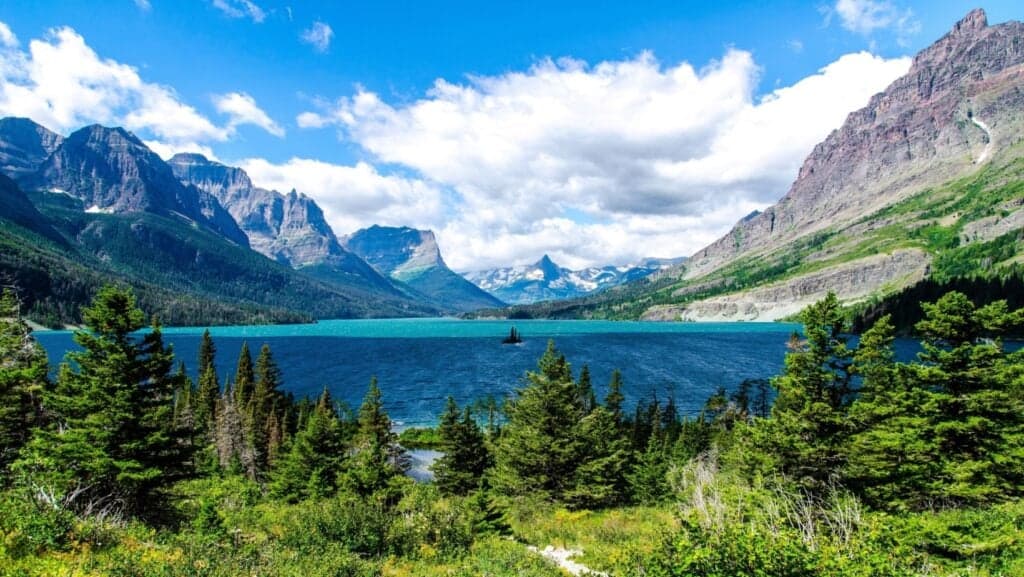
Glaciers are melting in Glacier National Park. Wildfires are more frequent in Sequoia and Kings Canyon. Coral reefs in Biscayne are dying. Rising temperatures are transforming ecosystems faster than they can adapt, putting native species, and visitor safety, at risk.
One clear example of how climate change is permanently altering landscapes can be seen in Glacier National Park, Montana. The park was once home to more than 100 glaciers in the early 20th century, but due to rapidly rising temperatures, only about two dozen remain today. Iconic glaciers like Grinnell Glacier have dramatically retreated, leaving behind new lakes in their place. This loss is permanent—glaciers that have melted away cannot be restored, fundamentally transforming the park’s scenery, ecosystem, and water sources.
Similar transformations are happening elsewhere: for instance, sea-level rise is inundating coastal habitats in national parks like Everglades and Indiana Dunes, while increasing wildfires are transforming forests in places like Yosemite and Valles Caldera National Preserve into shrubland or grassland—changes that won’t revert within human time scales.
Record-Breaking Crowds Are Overwhelming Infrastructure
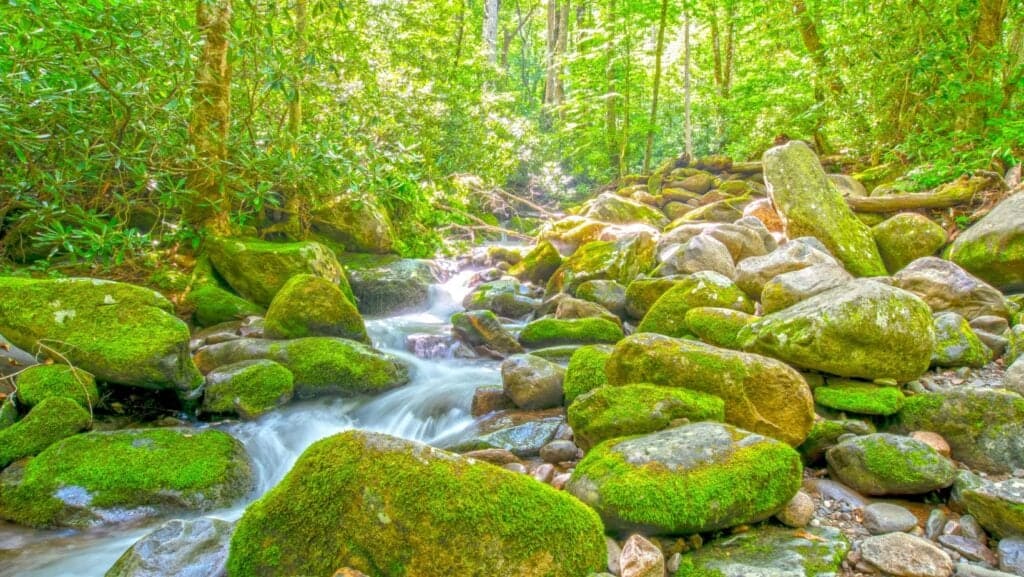
In 2023, parks like Zion and Great Smoky Mountains saw millions of visitors, leading to overflowing parking lots, trampled vegetation, and human waste left behind. The system was designed for far fewer people, and it’s showing.
The Park Service Is Chronically Underfunded

With over $22 billion in deferred maintenance projects, many parks have crumbling roads, outdated plumbing, and insufficient staffing. According to the National Parks Conservation Association, budgets haven’t kept pace with demand, even as visitation climbs.
Staff Burnout and Shortages Are Getting Worse
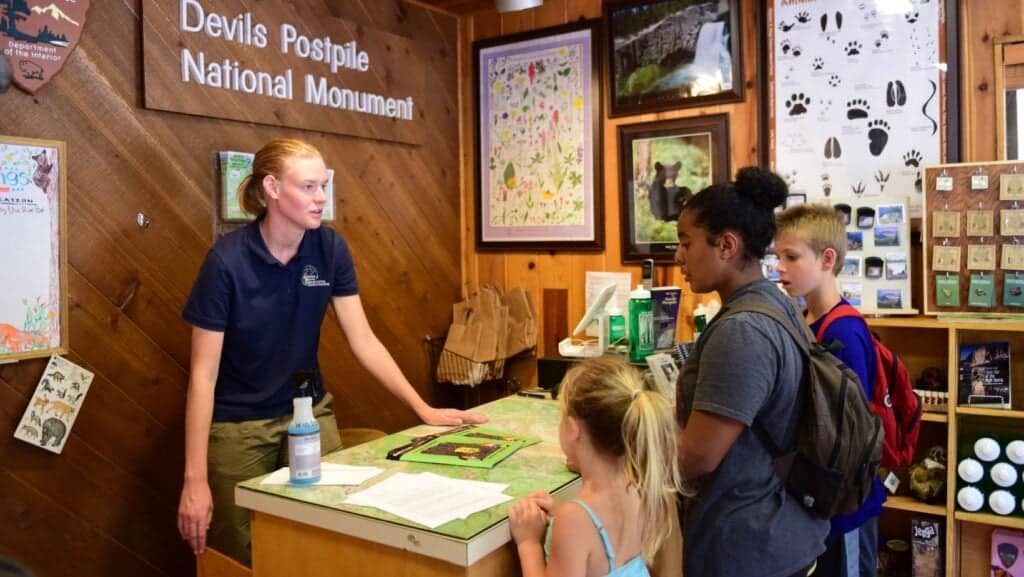
Park rangers are stretched thin. Many are seasonal workers juggling multiple roles, from search and rescue to crowd control. Burnout is rampant, and low pay makes it hard to retain skilled staff.
In 2025, the National Park Service (NPS) laid off approximately 1,000 employees in February, an action widely referred to as the “Valentine’s Day Massacre”. After this, the Department of the Interior announced plans to lay off an additional 1,500 NPS staff in May, according to multiple sources and internal memos. This brings the total number of NPS employees let go through formal layoffs to around 2,500 for the year so far.
Additionally, there were roughly 700 voluntary buyouts during this period, and reports indicate broader workforce reductions: estimates suggest as much as 24-25% of NPS’s permanent staff have left since the start of the Trump administration due to layoffs, retirements, and pressure to resign.
Wildlife Is Being Stressed by Human Behavior
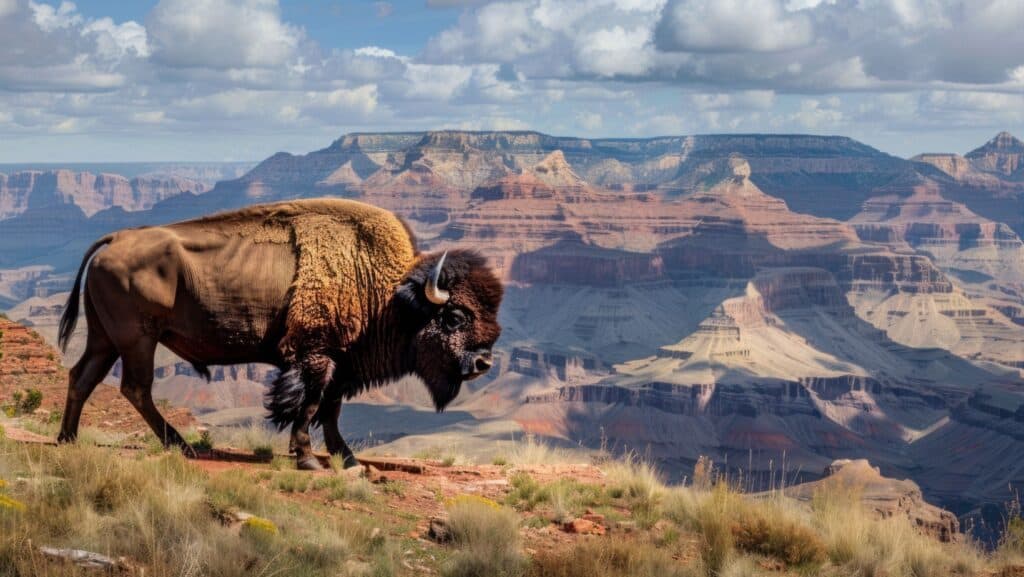
Tourists feeding animals, getting too close for selfies, or leaving trash behind has led to habituated, and sometimes dangerous, wildlife encounters. Bears, elk, and bison have all made headlines for interactions gone wrong.
- In Yellowstone National Park during summer 2025, two separate visitors were injured after they approached bison too closely, ignoring park guidelines to keep a safe distance.
- Also in Yellowstone, a black bear was euthanized in July 2025 after it was attracted to improperly stored human food at a backcountry campsite. The bear had previously crushed an unoccupied tent and then tore down food bags, illustrating how careless behavior by campers (not securing food properly) resulted in the animal’s death.
Cultural Heritage Sites Are at Risk of Being Lost
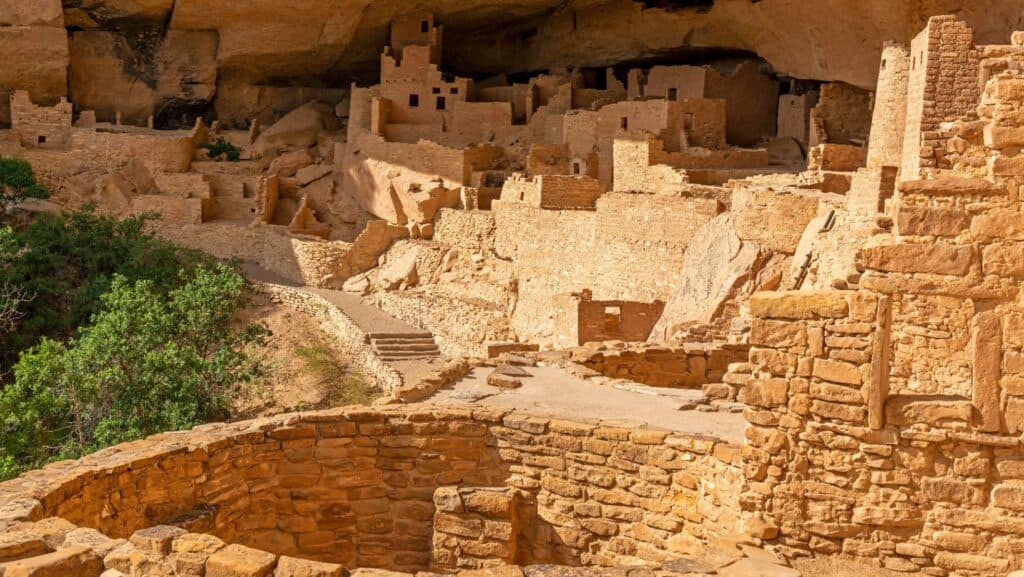
National parks don’t just protect natural beauty, they also safeguard American history, including Indigenous landmarks. Rising seas threaten historic Jamestown, while wildfires endanger ancient Puebloan dwellings in the Southwest.
A significant case of damage to a Native American archaeological site within a national park occurred at Big Bend National Park in Texas. In December 2021, vandals irreparably damaged a panel of ancient petroglyphs in the Indian Head area by scratching their names and the date across the prehistoric art. The incident is part of a pattern of increasing vandalism and graffiti in the park, with over fifty instances of vandalism documented at such culturally significant sites in recent years. This type of damage is considered permanent and results in the loss of irreplaceable heritage and historical knowledge.
National parks protect these sites under the Archaeological Resources Protection Act (ARPA), and damaging such resources is illegal. Unfortunately, even attempted clean-up or restoration by untrained individuals can make the damage worse, so only specialists should address these situations.
Air and Water Pollution Still Seep In
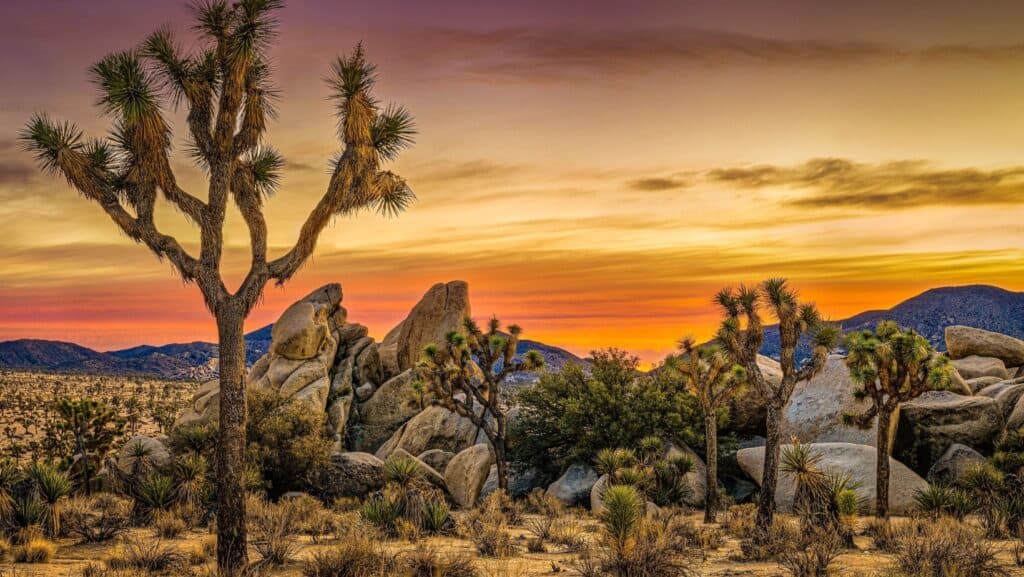
Even remote parks aren’t safe from pollution. Air quality in places like Joshua Tree and Big Bend can be compromised by nearby urban smog or industrial activity, impacting both visitors and fragile ecosystems.
Privatization and Commercialization Are Creeping In
From luxury glamping sites to corporate partnerships, there’s growing concern that parks are being treated more like profit centers than public sanctuaries. Critics argue this undermines the parks’ mission of preservation for all.
Examples of privatization and commercialization creeping into U.S. national parks include:
- Expansion of Concession Contracts: The National Park Service (NPS) currently has more than 500 concession contracts with private companies in about 150 parks. These companies manage services such as lodging, restaurants, transportation, retail, and guided tours—grossing over $1 billion annually and employing more than 25,000 hospitality staff each year.
- Commercialization of Visitor Services: Iconic parks like Yosemite and Yellowstone have increasingly relied on private companies to operate hotels (such as the Ahwahnee in Yosemite), campgrounds, gift shops, and food services. As funding for the NPS has decreased, private partners have stepped in to provide more amenities—sometimes resulting in higher prices and more commercial development within park boundaries.
- Public-Private Partnerships and Outsourcing: In recent years, park operations have included partnerships where the government owns the land, but daily services such as visitor centers and facility management are operated by private firms. This allows private interests greater influence over the visitor experience and the use of public resources, sometimes sparking concern about profit-driven priorities.
- Debate Over Future Privatization: Budget cuts and proposals under recent administrations have fueled discussions—and public protests—about whether privatizing core park functions or opening more areas to commercial use could threaten public stewardship and access. Former NPS officials and conservationists have warned that reducing staff and federal support may “lay the groundwork” for further privatization and commercialization of national parks.
These trends highlight how economic pressures and funding gaps are allowing private companies and commercial priorities to play a larger role in the day-to-day operations and visitor experience in national parks.
Invasive Species Are Taking Over

Non-native plants and animals, from Burmese pythons in the Everglades to zebra mussels in lakes, are displacing native wildlife and altering natural habitats. The Park Service struggles to control the spread with limited resources.
Access and Equity Remain Serious Issues
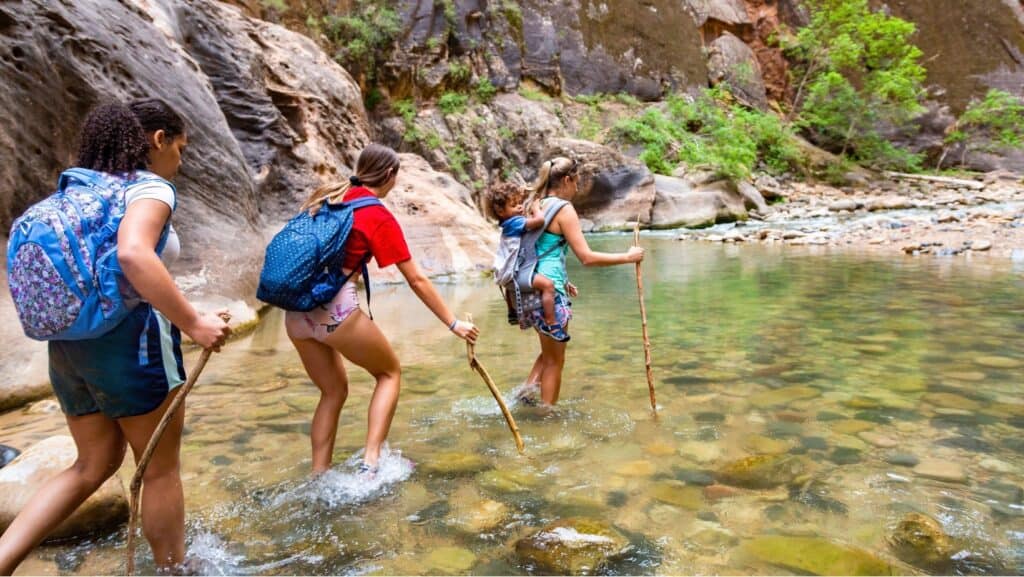
Not everyone can easily enjoy our national parks. Transportation, entrance fees, and a lack of inclusive programming make it harder for low-income families and communities of color to experience these public lands. Groups like Outdoor Afro are working to change that, but barriers still exist.
Political Agendas Are Shaping Park Policy
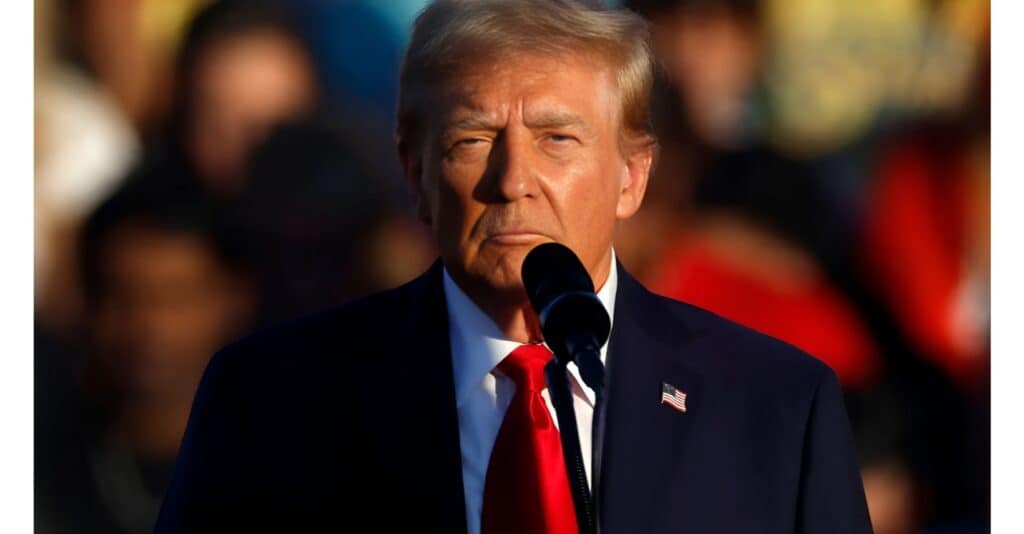
During the Trump administration, there were dramatic policy shifts regarding the management and protection of national monuments, particularly Bears Ears and Grand Staircase–Escalante. Here are key examples and details illustrating what occurred:
- Massive Reductions in Monument Size: In December 2017, President Trump ordered an unprecedented 85% reduction in the size of Bears Ears National Monument and a nearly 47% reduction for Grand Staircase–Escalante. The Bears Ears cut shrank the monument from 1.35 million acres to about 202,000 acres, removing protection from vast landscapes rich in Native American archaeological sites and cultural history.
- Opening Lands for Extraction: The lands excised from these monuments contained valuable resources—including coal, uranium, oil, and gas. Internal emails and documents later revealed that energy and mining interests directly lobbied for the changes, with industry-submitted maps guiding boundary reductions to open sought-after areas. Hundreds of uranium mining claims in Bears Ears, previously within protected boundaries, were suddenly eligible for development, and coal reserves in the Grand Staircase–Escalante’s Kaiparowits Plateau became accessible.
- Evisceration of Tribal and Scientific Input: The boundaries of the monuments had been set partly in response to years of advocacy and coordination by tribal coalitions and scientists, with a focus on preserving cultural sites and unique habitats. The Trump reduction limited formal tribal involvement to small areas, despite ancestral ties and successful co-management models that had previously been celebrated as a shift in federal-tribal relations.
- Curtailed Environmental Review: The process for reducing monument size and planning for new land uses often accelerated or sidestepped environmental reviews required under the National Environmental Policy Act (NEPA). This meant that activities such as leasing for oil, gas, and mining could advance rapidly, with little public scrutiny or time for scientific assessment of ecosystem impacts and cross-border effects. Critical habitats for wildlife, migratory corridors, and watersheds suddenly lost protection, even though ecological systems do not adhere to artificial boundaries.
- Legal and Public Backlash: These actions triggered multiple lawsuits, including from tribal nations, environmental organizations, and companies in the outdoor industry. Plaintiffs argued that presidents do not have the legal authority to unilaterally revoke national monument protections under the Antiquities Act—a question that remains under legal review.
- Long-term Ecological Risks: Lands carved out from monument protections are vulnerable to surface disturbance, pollution, and degradation of irreplaceable archaeological and natural resources. Because ecosystems, water flows, and wildlife movement cut across human-drawn lines, disruption outside the “new” monument boundaries still harms areas that remain protected, potentially undermining the original conservation goals.
The Bears Ears case is especially notable for its scale, the speed of change, and the deep-seated conflicts it exposed between resource extraction interests and the protection of cultural and environmental heritage. These actions set precedents for how quickly hard-won conservation gains can be rolled back, and for how rapidly previously protected public lands can be exposed to commercial development.
The Takeaway
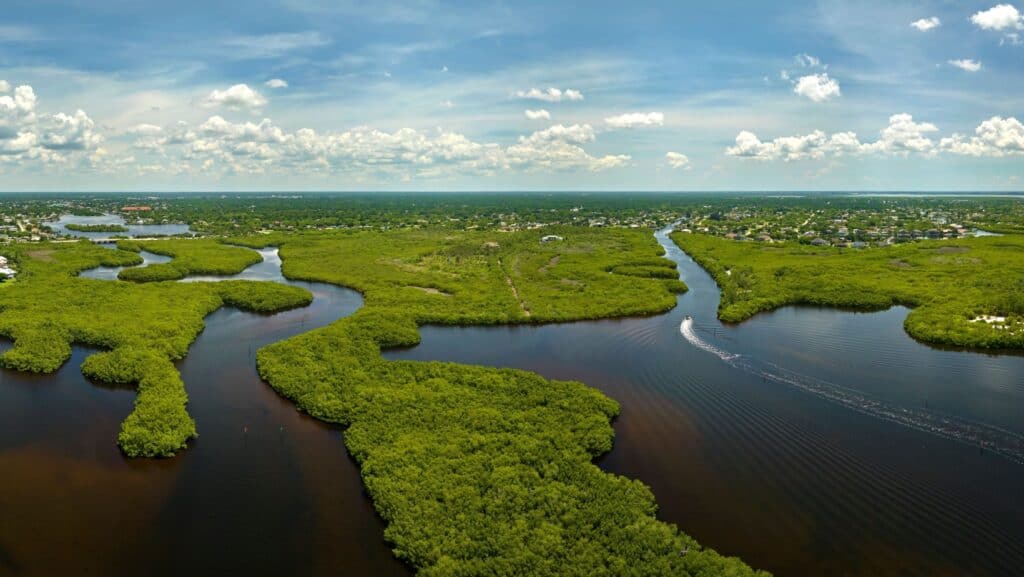
The National Park System was called “America’s best idea,” but that idea is under threat, from nature, from humans, and from politics. These challenges aren’t just environmental; they’re deeply rooted in the decisions we make as a society. Protecting these sacred spaces means speaking up, staying informed, and supporting the people and policies that put preservation first.








